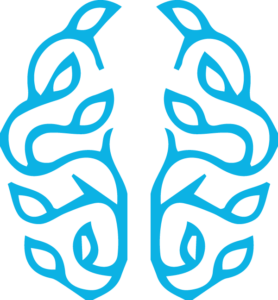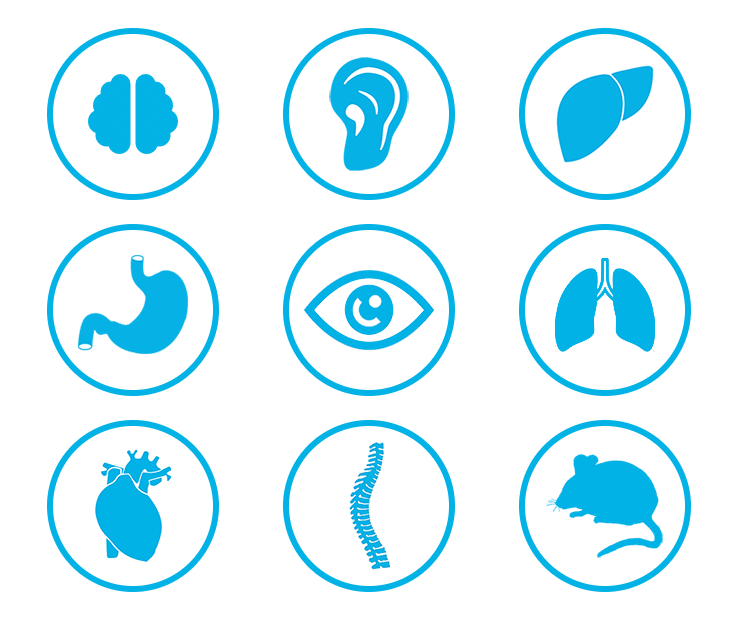
We are innovators in whole tissue processing, light sheet imaging, and analysis, empowering researchers with streamlined workflows and unbiased 3D data. LifeCanvas was founded by MIT Professor Kwanghun Chung, a pioneer in the field of tissue clearing who has developed many novel tools to explore biological systems, including: CLARITY, SWITCH, MAP, SHIELD, and eFLASH.
Through our advanced technologies and unparalleled support, we expedite drug discovery, molecular phenotyping, and anatomical mapping. We enable biomedical breakthroughs, hastening the development of precision diagnoses and therapeutics for diseased tissues and solid tumors.
Our technologies have been used to process samples and generate high-quality 3D data from many biological systems, including:

Our pipeline is the world’s only end-to-end solution for processing whole organs from preservation to analysis. These methods have resolved many issues related to thin-section histology and immunohistochemistry (IHC), including: high consumption of time and resources, spotlight bias, and realignment errors. Learn more about how we are revolutionizing spatial biology in our white paper.
For technical support reach out to our dedicated customer support team at support@lifecanvastech.com.